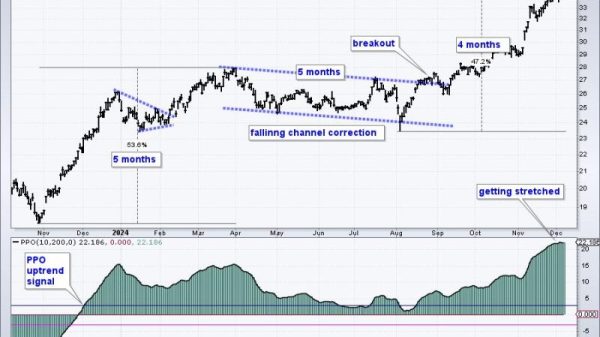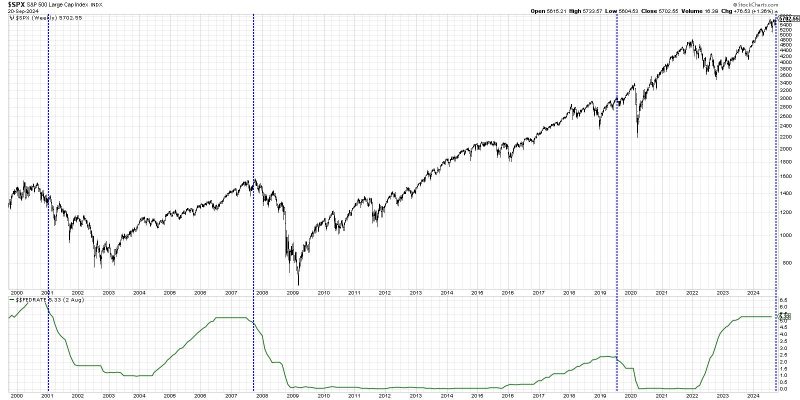In the complex world of financial markets, the impact of rate cuts on stock performance is a subject of intense debate among analysts and investors alike. The general belief is that rate cuts are often viewed as bullish for stocks, but this conventional wisdom may not always hold true in practice. As we delve deeper into the dynamics of rate cuts and their effects on stock performance, it becomes evident that the relationship is not as straightforward as it seems.
It is well-documented that central banks around the world use interest rate adjustments as a tool to manage economic growth and control inflation. When central banks decide to cut interest rates, the intention is usually to stimulate economic activity by encouraging borrowing and spending. This injection of liquidity into the financial system can have positive implications for businesses, as lower borrowing costs can lead to increased investment and expansion.
However, the impact of rate cuts on stock prices is not always linear. In some cases, the initial reaction to a rate cut may indeed be positive, with stock prices experiencing a temporary boost as investors anticipate improved corporate earnings and economic growth. This immediate uptick in stock prices is often referred to as a relief rally, as it reflects market participants’ relief that the central bank is taking proactive measures to support the economy.
On the flip side, prolonged periods of rate cuts can sometimes have unintended consequences for stock performance. For instance, persistent rate cuts can signal underlying weaknesses in the economy, such as sluggish growth or low inflation, which could dampen investor sentiment and lead to volatility in the markets. Moreover, ultra-low interest rates can distort market dynamics, making it challenging for investors to assess the true value of assets and causing asset bubbles to form.
It is also worth noting that the impact of rate cuts on different sectors of the stock market can vary significantly. While traditionally defensive sectors like utilities and consumer staples may benefit from lower borrowing costs, cyclical sectors such as technology and industrials could face headwinds if the rate cuts are seen as a response to broader economic concerns.
In conclusion, the relationship between rate cuts and stock performance is multifaceted and nuanced. While rate cuts can initially boost stock prices by stimulating economic activity, prolonged use of this monetary tool can raise red flags for investors and lead to unintended consequences in the financial markets. As always, it is essential for investors to analyze the broader economic context and factor in other variables when assessing the potential impact of rate cuts on stock performance.


























